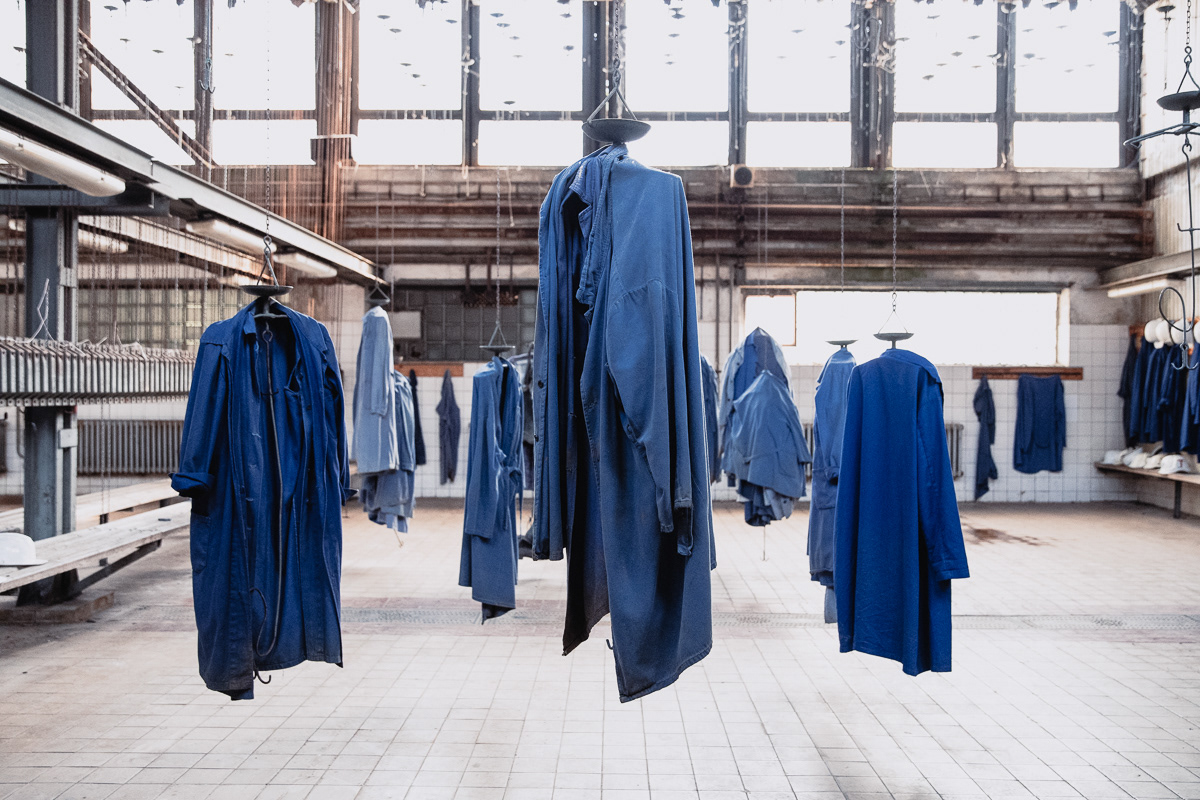





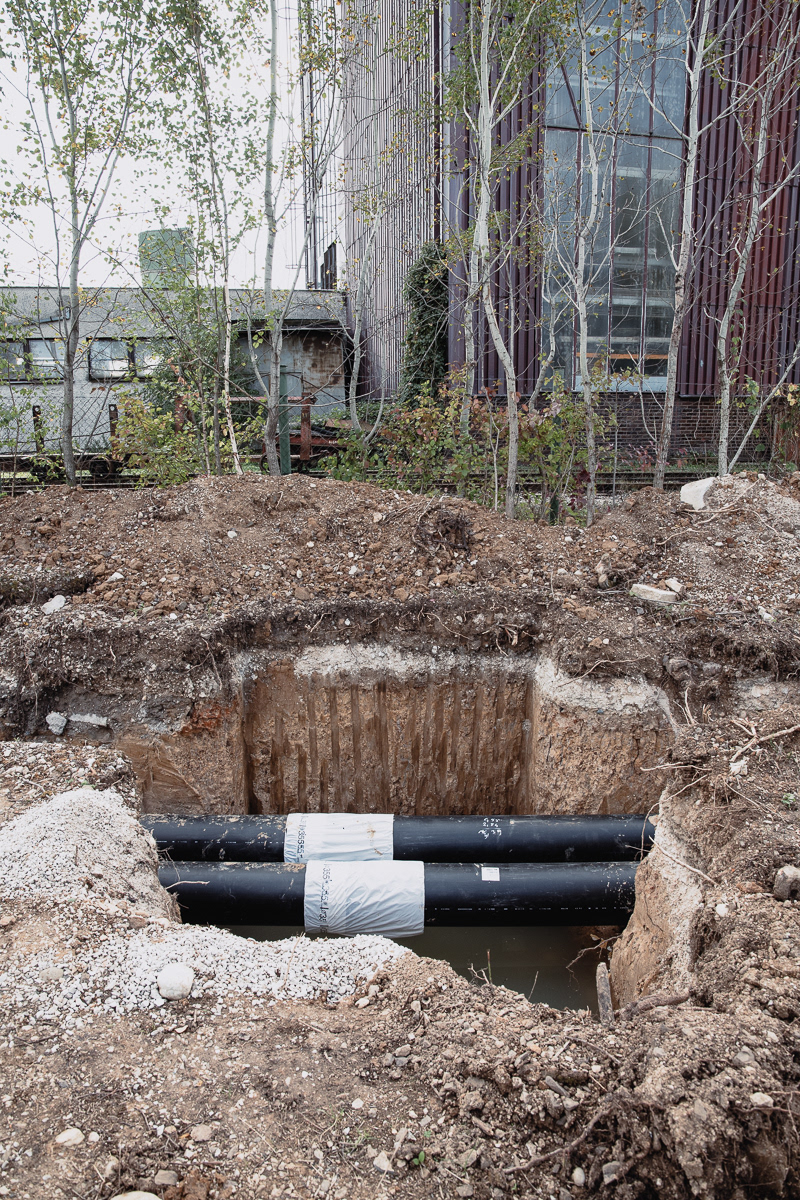

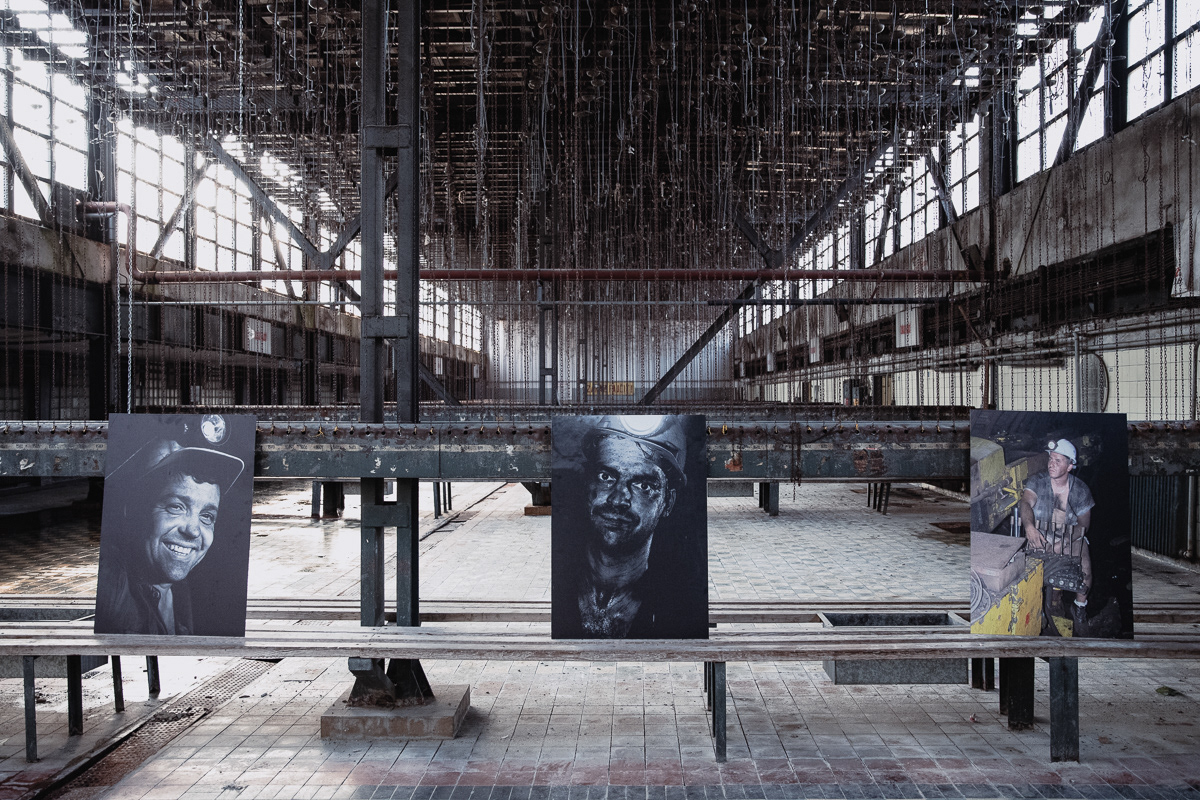
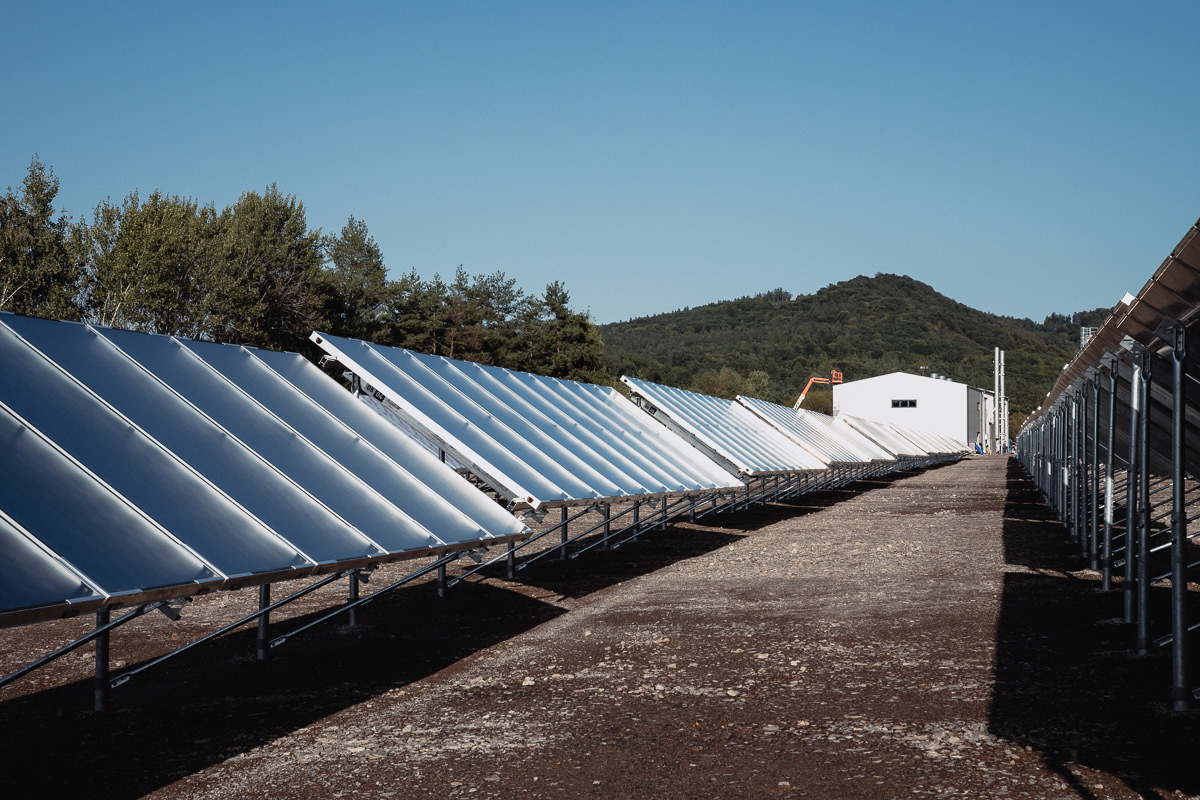
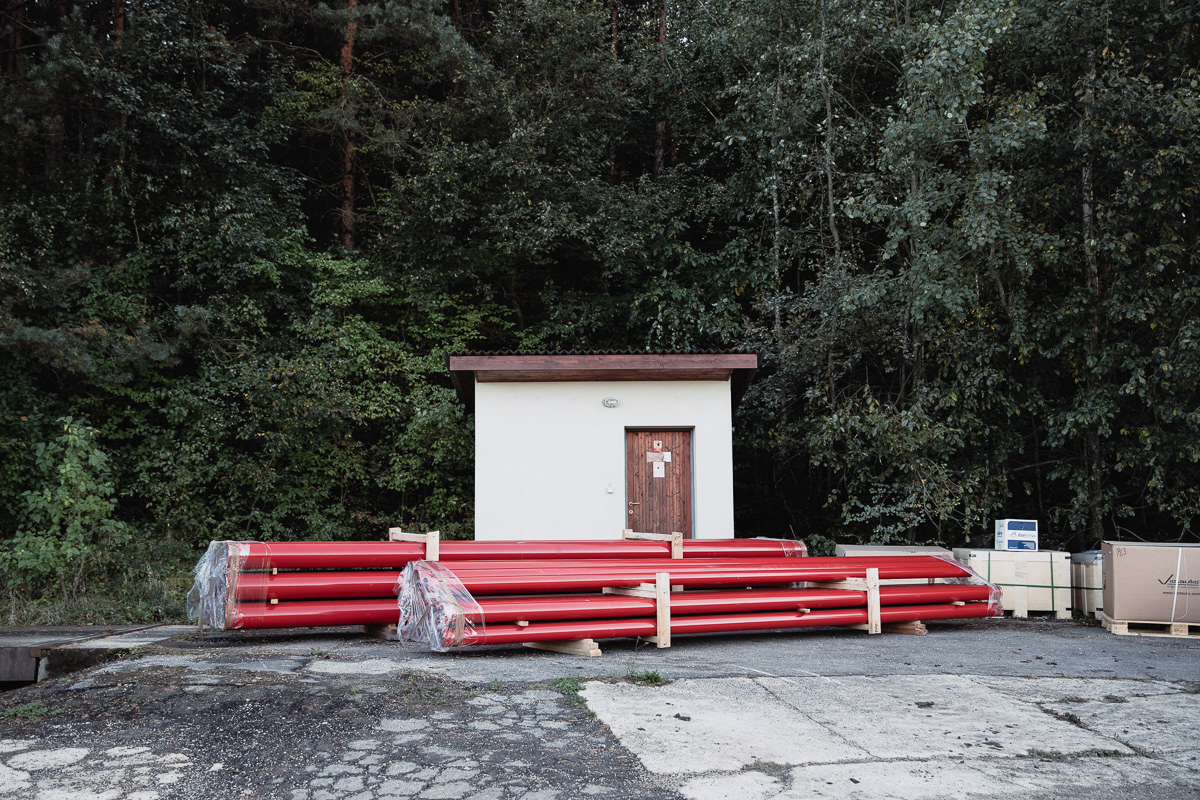

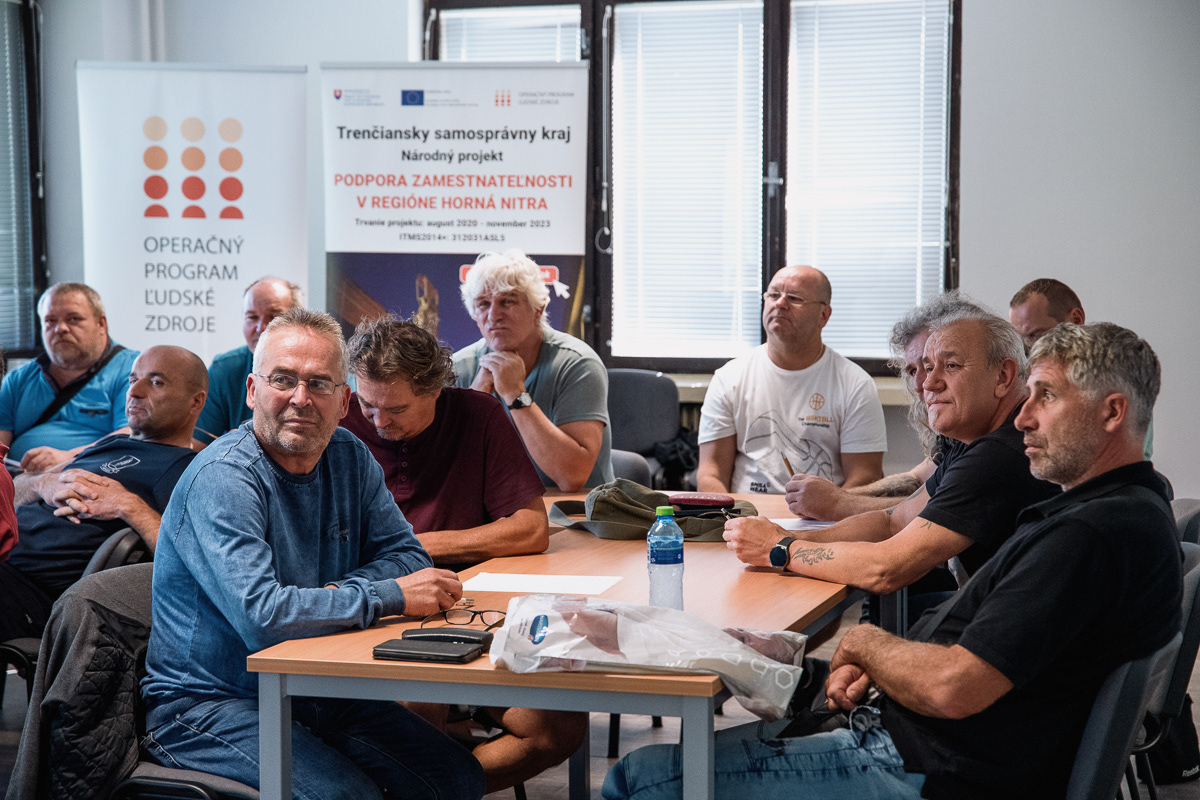
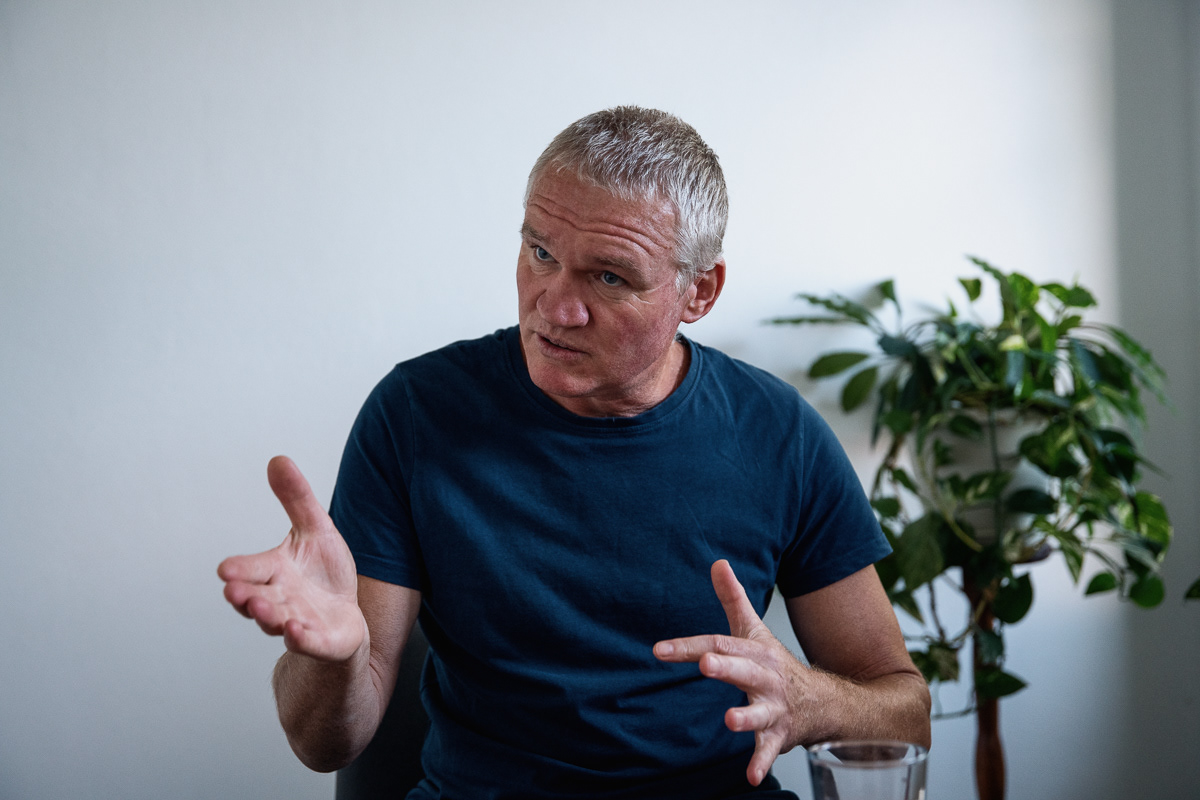

In September 2023, I had the pleasure to accompany journalist Adrien Beauduin to the mining region of Horná Nitra in Slovakia, where we documented the region's attempts at a green and socially just transition away from coal for a reportage published in Le Courrier d'Europe centrale.
Horná Nitra is an interesting case in that local government and the mining corporation have reached a consensus to make use of the €459 million from the EU's Just Transition Fund offered to Slovakia to ensure a minimal loss of employment for the thousands of miners left without work after the mines close.
Closed mines are now being turned into museums, mining shafts no longer transfer coal from underground but instead are being turned into sources of geothermal heat that will provide a more ecological and sustainable form of energy for the whole region in the future. A mining corporation that was once extracting thousands of tonnes of coal is now producing thousands of tonnes of tomatoes grown in a gigantic greenhouse that is heated by hot water drawn from the depths of the mine.
And what of the miners? Regional authorities used EU funds to create an employment program to help ex-miners re-train and find new employment in other industries. In practice, all of this faces enormous challenges and the future is far from certain. The programs do actually work, as miners told us, but low salaries, brain drain, and slim opportunities in new sectors haunt the region as a whole, not just for the ex-miners.
Local ecological activists are also concerned at the lack of urgency in transitioning away from fossil fuels. Horná Nitra may be one of the best examples of a green, socially just transition-in-progress in Europe, but bureaucratic red-tape and the harsh reality of a capitalist labor system does leave room for doubts among those most directly affected.
Adrien's full text accompanied by my photos is available here: Le Courrier d'Europe centrale
Horná Nitra is an interesting case in that local government and the mining corporation have reached a consensus to make use of the €459 million from the EU's Just Transition Fund offered to Slovakia to ensure a minimal loss of employment for the thousands of miners left without work after the mines close.
Closed mines are now being turned into museums, mining shafts no longer transfer coal from underground but instead are being turned into sources of geothermal heat that will provide a more ecological and sustainable form of energy for the whole region in the future. A mining corporation that was once extracting thousands of tonnes of coal is now producing thousands of tonnes of tomatoes grown in a gigantic greenhouse that is heated by hot water drawn from the depths of the mine.
And what of the miners? Regional authorities used EU funds to create an employment program to help ex-miners re-train and find new employment in other industries. In practice, all of this faces enormous challenges and the future is far from certain. The programs do actually work, as miners told us, but low salaries, brain drain, and slim opportunities in new sectors haunt the region as a whole, not just for the ex-miners.
Local ecological activists are also concerned at the lack of urgency in transitioning away from fossil fuels. Horná Nitra may be one of the best examples of a green, socially just transition-in-progress in Europe, but bureaucratic red-tape and the harsh reality of a capitalist labor system does leave room for doubts among those most directly affected.
Adrien's full text accompanied by my photos is available here: Le Courrier d'Europe centrale

